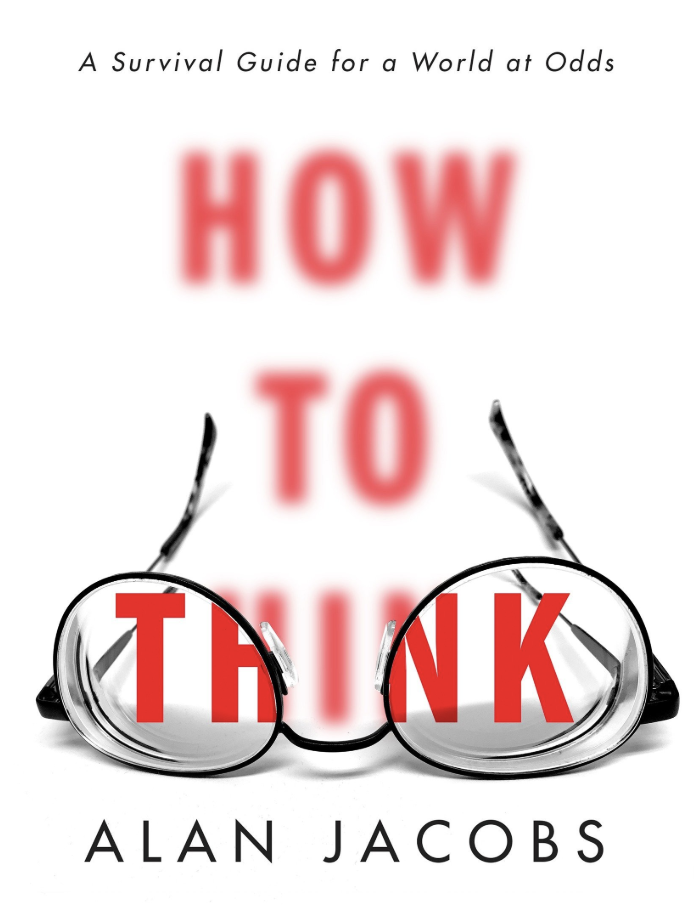Alan Jacobs uses this chapter to distinguish two different dispositions: lumping and splitting. The first leads people to aggregate, to lump individuals or concepts together into larger groups or categories. A splitter does the opposite, uncovering dissimilarities and points of difference.

A quick thought experiment will show you how important such categories are. A prompt: which of these groups most determines your intellectual commitments?
- Religious beliefs
- Nationality
- Political beliefs
- Gende
- Ethnicity
- Education
- Socio-economic background
- Sexual orientation
We choose to belong to some of these categories. Some are not ours to choose. Others tend to overlap. Again, the problem is not lumping or splitting in themselves but relying on one or the other as an answer to every problem: in short, as an alternative to thinking. Jacobs in particular warns against lumping which can lead us too easily into dehumanizing our neighbors and letting them disappear into the crowd so it’s easier not to have to think about them.
In class, we’ll use the prompt above and see what kind of explanations students have for their lumping and splitting habits.
